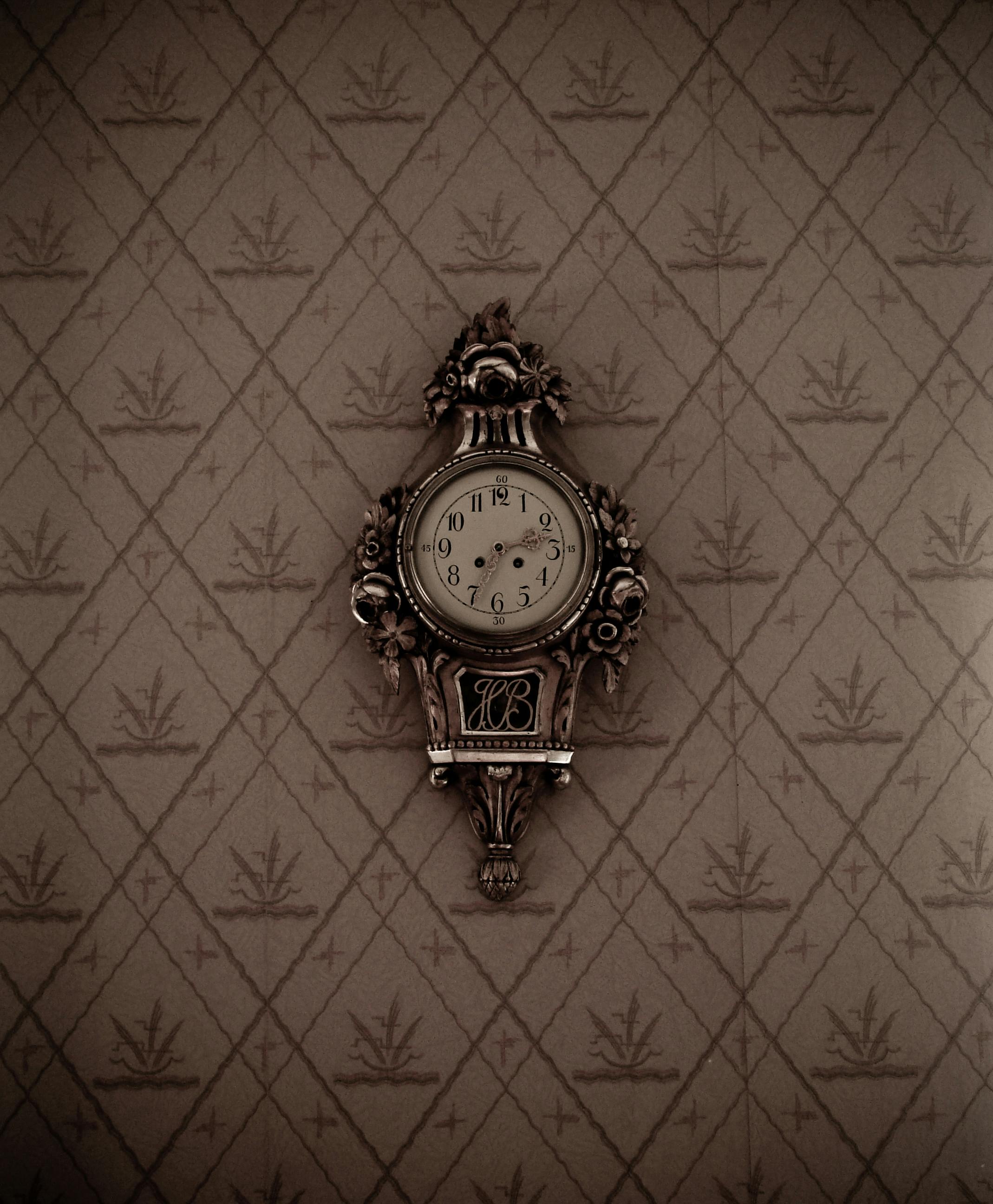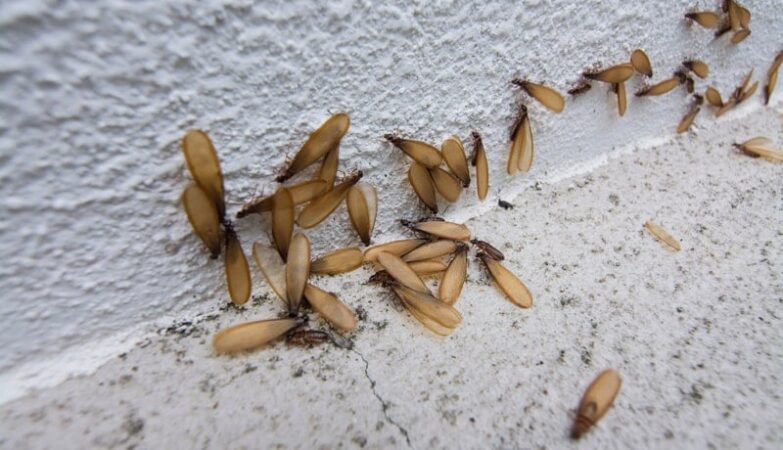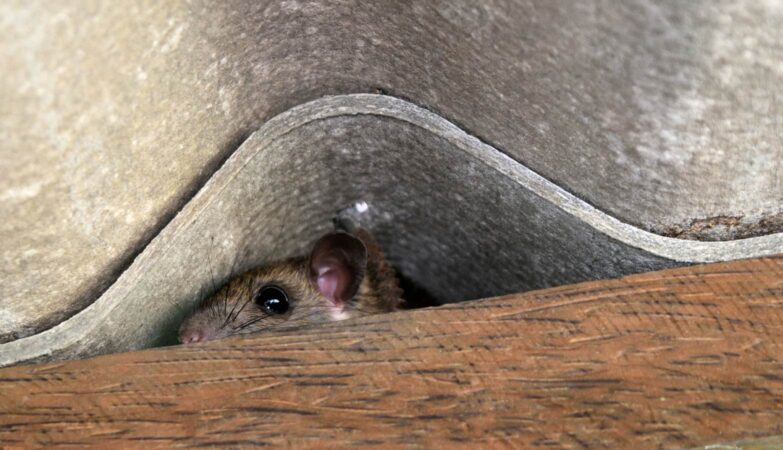Local and long distance moving is rarely achieved without some degree of wear and tear on househol;d goods. It is important to consider what things are of great value and take extra care in packing and preparing valuable household goods for carriage, especially grandfather clocks.
Steps to pack a cuckoo clock for relocation or storage:
- Disassembly: If possible, disassemble the clock by removing the pendulum and weights to make it easier to pack and prevent damage during transit.
- Gather supplies: You may need crating, moving blankets, sturdy cardboard boxes, packing materials such as bubble wrap and tape. Note that moving blankets should be used when touching any finished furniture.
- Wrap the clock: Wrap the clock, including the removable parts, in bubble wrap or protective material, making sure to cover all parts, including the pendulum, weights, and hooks.
- Place in the box: Place the wrapped clock in the box, and fill any empty spaces with packing peanuts to prevent shifting during transit.
- Label the boxes: Label the boxes with “Fragile” and “This End Up” for the clock mechanism to ensure that the movers handle it with care. Also label the boxes with ‘Clock.’
Note: If the clock has a glass front, you should also wrap it in bubble wrap and place it in a separate box for added protection.

Disassembly prior to packing or crating
Clock professionals have a million times removed the pendulums prior to packing or moving this kind of clock. These heavy pendulums will do great damage if not properly secured.
Moving companies are typically not qualified to fix, clean and assemble clocks, so the homeowner is responsible for packing the clock, or must hire a clock professional to assist them in packing the clock.
To take apart a grandfather or pendulum clock, you will need the following tools:
- A screwdriver
- A nut driver
- A flashlight
- A blanket or moving pad
- Labels
Instructions:
- Remove the weights and pendulum. Carefully lower the weights to the bottom of the clock and unhook them from the chains. Set the weights aside in a safe place and label them so that you know which one goes where when you reassemble the clock. To remove the pendulum, loosen the screw that holds it in place and then gently lift it out.
- Open the clock case. Grandfather clocks typically have two doors: one on the front and one on the back. Open both doors to gain access to the clock’s interior.
- Remove the clock face. The clock face is usually held in place by a few screws. Remove the screws and then carefully lift off the clock face.
- Remove the clock works. The clock works are the gears and other mechanisms that make the clock run. They are usually held in place by a few screws or nuts. Remove the screws or nuts and then carefully lift out the clock works.
- Clean the clock case and works. Use a soft cloth to dust off the clock case and works. If the clock is very dirty, you can use a mild soap and water solution to clean it. Be sure to dry the clock thoroughly before reassembling it.
Here are some additional tips for taking apart different kinds of grandfather clocks:
- Tube clocks: Tube clocks are a type of grandfather clock that uses tubes to chime. To take apart a tube clock, you will need to remove the chime tube rack first. This is usually done by unscrewing it from the clock case. Once the chime tube rack is removed, you can then remove the clock works and clock face in the same way as described above.
- Weight-driven clocks: Weight-driven clocks are the most common type of grandfather clock. To take apart a weight-driven clock, you will need to remove the weights and pendulum first. Once the weights and pendulum are removed, you can then remove the clock works and clock face in the same way as described above.
- Spring-driven clocks: Spring-driven clocks are less common than weight-driven clocks, but they do exist. To take apart a spring-driven clock, you will need to remove the mainspring first. This is usually done by unscrewing the mainspring barrel from the clock works. Once the mainspring is removed, you can then remove the clock works and clock face in the same way as described above.
No matter what type of grandfather clock you have, it is important to take care when disassembling it. Grandfather clocks are delicate instruments, and they can be easily damaged if not handled properly.
Packing and crating supplies
Smaller clocks can be packed in cardboard and bubble wrap. As mentioned above, have one or two moving blankets. The moving company will have a large supply of heavy duty moving blankets, but prior to moving you should order a dozen cheaper blankets on Amazon for such things as the cuckoo clock. It’s smart to get this done before movers and the moving truck arrive, where you are often paying by the minute for strong men to load and unload your household furnishings.
Bubble wrap may be useful for some smaller items, but do not wrap wooden surfaces directly in bubble wrap.
Larger and more valuable clocks may require crating. Internation shipping would also require crating, but here we recommend a crating professional that knows the woods required by EU standards and how to document the shipment so you do not pay fines trying to ship your clock.
Preparation
The clock mechanism should be placed in a box seperate from the pendulums. This is because the clock mechanisms can be damaged by heavy pendulum if something shifts. Once loaded onto moving trucks, smart packing will assure that minor shifting that can occur during braking and turning of the freight trucks will not result in a catastrophe.
Once you have disassembled the clock, you can pack it and ship it using the following steps:
- Wrap the clock weights and pendulum in bubble wrap or packing paper and place them in a sturdy box.
- Wrap the clock works in bubble wrap or packing paper and place them in a sturdy box.
- Wrap the clock case in bubble wrap or packing paper and place it in a sturdy box.
- Fill the empty spaces in the boxes with packing peanuts or other packing material.
- Seal the boxes and label them clearly.
- Ship the boxes to your desired destination.
Tips:
- If you are not comfortable disassembling your grandfather clock yourself, you can take it to a professional clock repairer.
- Be careful not to lose any of the small screws or nuts when you are disassembling the clock.
- When you are packing the clock, be sure to pack it securely to prevent it from being damaged during shipping.
Packing the primary clock mechanism housing
These amazing clocks contain heavy parts and fragile parts. Make sure you have put all the light and fragile parts seperate, or on top of the heavy parts.
Label the box, including the pendulum box
For a small clock, you will have a box for the clock and the delicate parts, and a box for the pendulums. For a larger clock you may have several boxes.
If unsure, hire a professional clock company
More on main springs.
Handling the main spring on a grandfather clock requires precision and expertise because it is a delicate and crucial component of the clock’s movement. Here are several reasons why it’s important to use a professional clockmaker or horologist to handle the main spring:
1. Complex Mechanism: Grandfather clocks are intricate timekeeping devices with many moving parts. The main spring is responsible for storing and releasing the energy needed to power the clock’s movement. Adjusting or repairing it requires a deep understanding of clock mechanics.
2. Risk of Damage: Mishandling the main spring can lead to damage not only to the spring itself but also to other components of the clock. A professional clockmaker has the experience to avoid such damage.
3. Safety Concerns: The main spring in a grandfather clock is under tension, and if released improperly, it can cause injury or damage. Clock professionals are trained to safely handle and release this tension.
4. Proper Lubrication: Proper lubrication is essential to ensure the longevity and smooth operation of the clock’s components, including the main spring. Clock professionals know which lubricants to use and where to apply them.
5. Calibration and Timing: Adjusting the tension of the main spring is crucial for accurate timekeeping. Clock professionals can calibrate the spring to maintain the clock’s precision and ensure it keeps accurate time.
6. Historical and Collectible Value: Grandfather clocks are often valuable antiques or family heirlooms. It’s important to preserve their historical and monetary value by having them serviced by a professional who understands their unique characteristics.
7. Specialized Tools and Equipment: Clock professionals have access to specialized tools and equipment designed for working on clock mechanisms, including the main spring. These tools help ensure precise adjustments and repairs.
8. Warranty Preservation: If your grandfather clock is still under warranty, attempting to work on it yourself or having an unqualified person handle it may void the warranty. Hiring a professional ensures that any necessary repairs or adjustments won’t impact the warranty.




